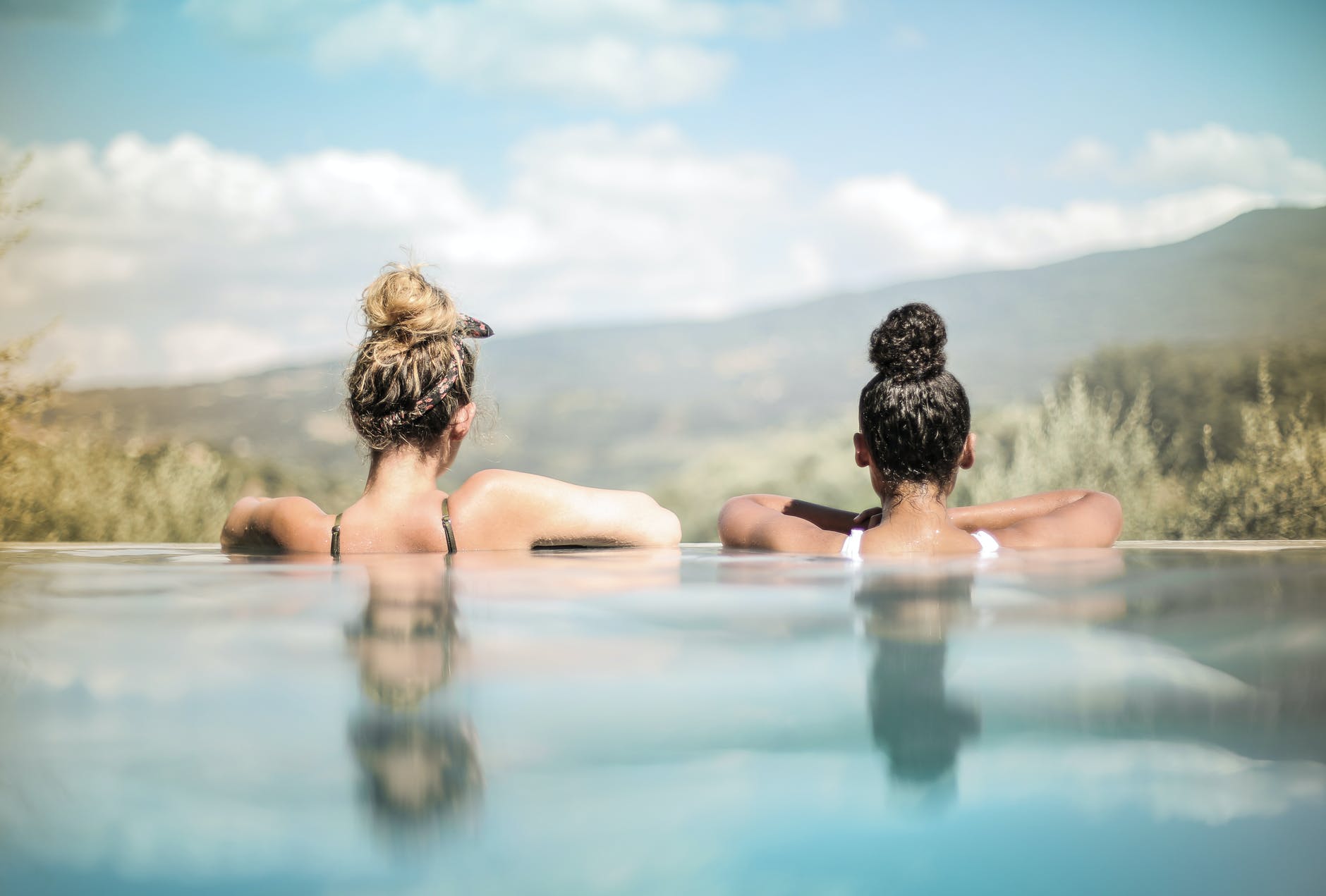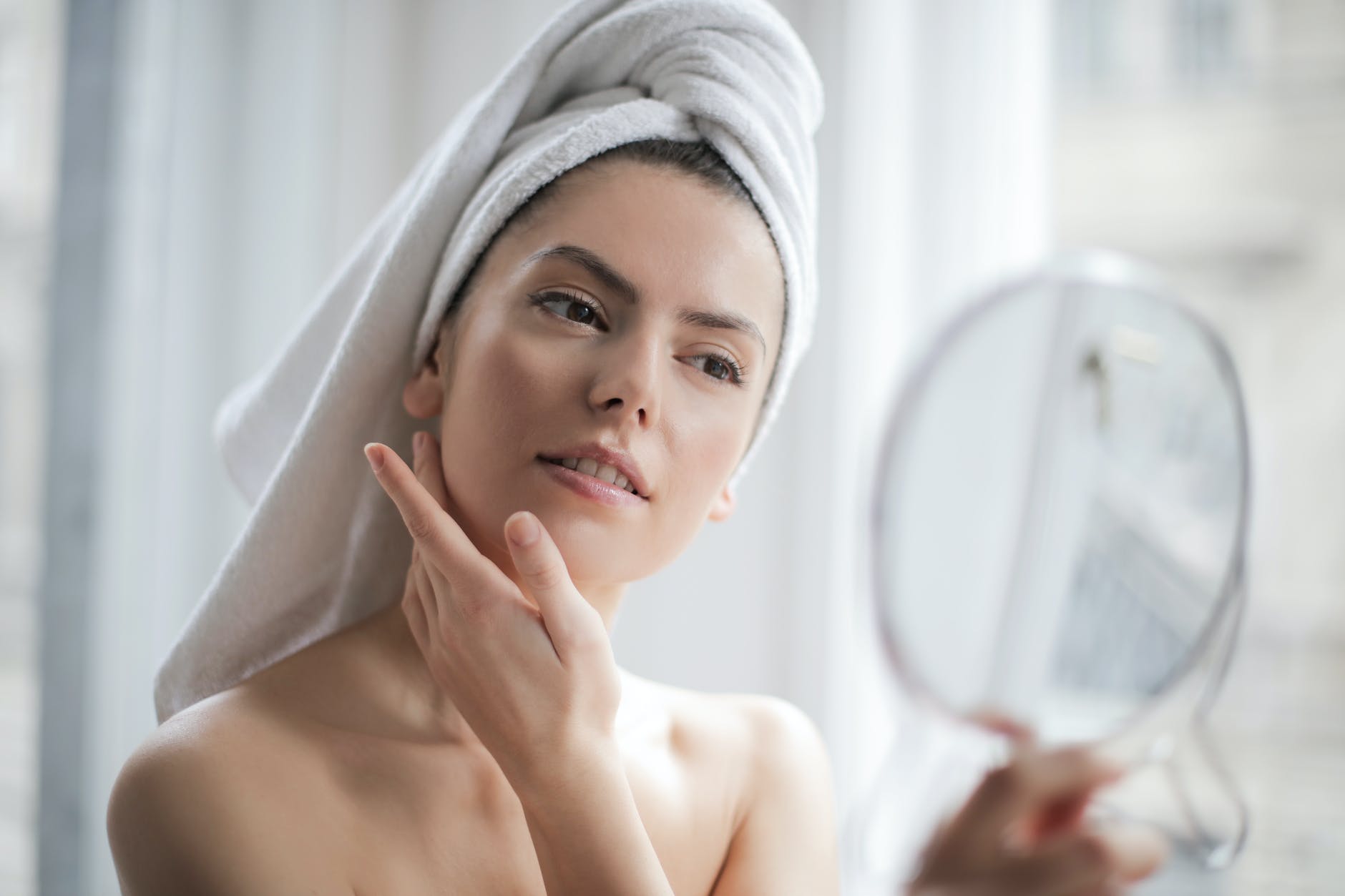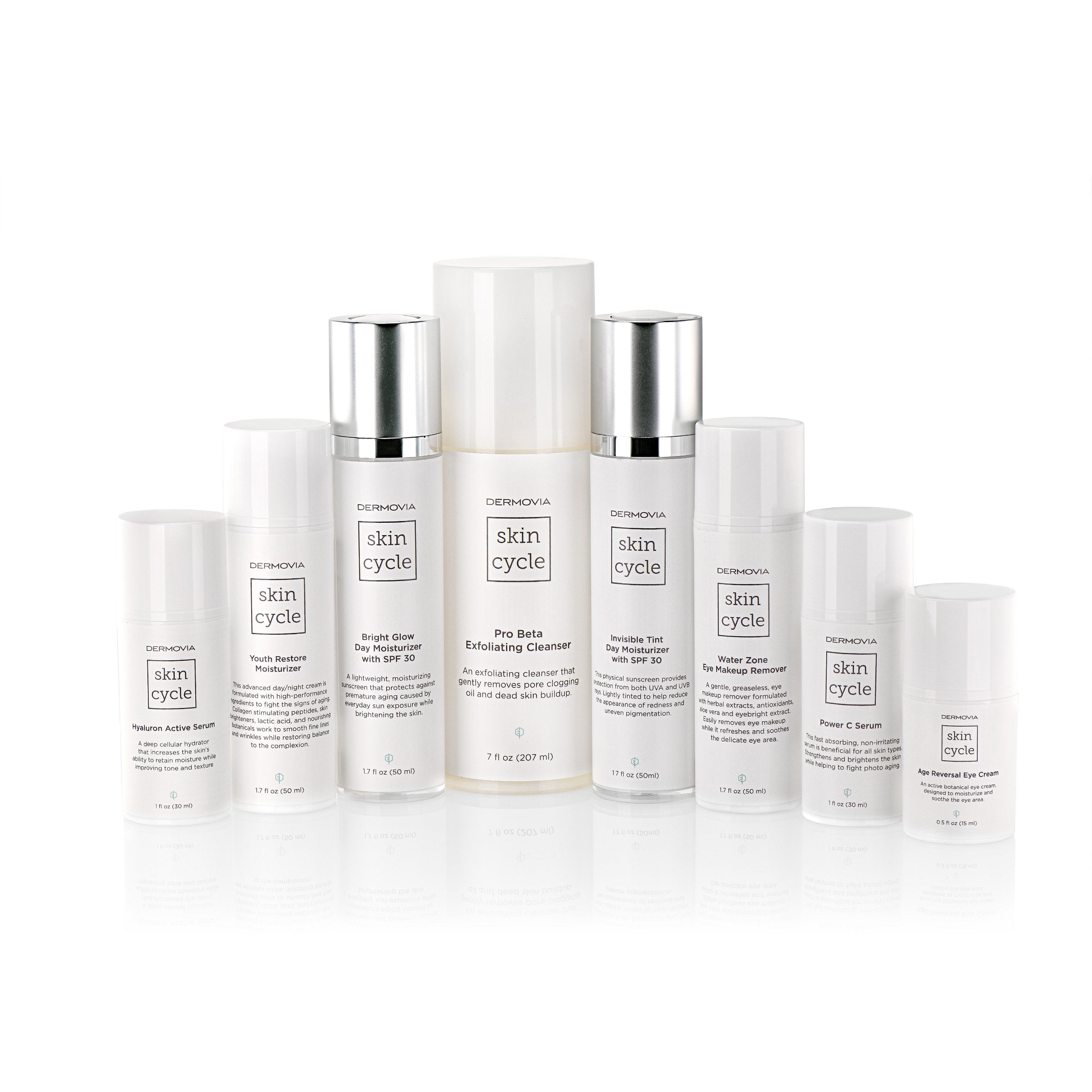
A Step-by-Step Guide for Dealing With Sunburn
It’s happened to just about all of us. During a long, sunny day at the beach, on a hike, or just hanging out in your backyard, you weren’t as diligent about reapplying your sunscreen as you know you should be—or maybe you even skipped the SPF all together.
And when the sun starts to set and you head inside, the heat radiating off your body delivers the message even before you catch a glimpse of your bright red skin in the mirror—you’ve officially got a sunburn.
Sunburns can be a painful, uncomfortable experience. But if you take the right steps from the beginning, you can minimize that pain and discomfort and get yourself (and your skin!) on the road to healing.
But how, exactly, do you do that? Let’s take a look at the exact steps to take when you catch a sunburn:
Take a cool shower
A sunburn can make your skin and body feel hot and uncomfortable. Taking a shower and rinsing with chilly water will help cool that burning sensation and minimize some of the initial discomfort. Just be sure to make the shower a quick one; too much time spent in the shower can dry out the skin, which isn’t going to do you any favors when it comes to your sunburn.
One pro tip to getting the most out of your post “too much time in the sun” shower? Make the water temperature cool, not cold. Immersing yourself in icy cold water when you’re dealing with a sunburn can feel intense—and may cause you to experience more pain, not less.
Rehydrate your skin and yourself
Once you’re done with your shower, step out and gently pat your skin—but instead of drying yourself off completely, leave skin a bit damp. Then, slather on a generous layer of moisturizer.
Moisturizing while your skin is damp will help lock in that moisture, which will keep your skin hydrated—and prevent your sunburn from peeling.
It’s important to rehydrate your skin after a sunburn—but it’s also important to rehydrate your body! Sunburns draw fluids to the skin’s surface and away from other areas of the body, which can lead to dehydration. Make sure to focus on rehydration and drink plenty of water and other liquids in the days immediately following a sunburn.
Lather on the aloe vera
Moisturizing will help rehydrate the skin—but if you want to soothe the burn, you’ll need to take things a step further.
In terms of skincare ingredients, aloe vera should be your go-to for sunburns. Aloe will help to reduce inflammation in the skin, which will help with both the redness and pain associated with sunburns. Aloe also helps to stimulate collagen production, which can help hasten the skin’s natural healing process—and get you back to your normal, sunburn-free complexion more quickly.
Consider popping a NSAID
Nonsteroidal anti-inflammatory drugs (NSAIDs) like ibuprofen or naproxen will also help reduce the inflammation, redness, swelling, and overall discomfort you get with a sunburn. While you’re the only person who can decide whether a medication is the right choice for you, you may want to consider using NSAIDs (as directed on the packaging) for the duration of the sunburn—especially if you’re struggling to manage the pain.
Use cool compresses
In the hours immediately following a sunburn, use a cool compress (like a washcloth dampened with cool water) to continue to pull heat away from the skin, keeping both redness and that burning, painful sensation to a minimum.
Give your skin some extra TLC
In the days following your sunburn, you’re going to want to give your skin as much TLC as possible. This includes:
- Rehydrating the skin with moisturizer and products that help lock in moisture (like a hyaluronic acid serum)
- Continuing to use aloe vera to reduce inflammation
- Incorporating other calming, soothing ingredients (like chamomile or colloidal oatmeal) into your skincare routine
- Upping your skincare game with targeted treatments (like the Lace Your Face Hydrating Rose Water, Calming Chamomile, or Healing Yogurt Compression Facial Masks) that take rehydrating, calming, soothing, and healing the skin to the next level
The more TLC you can give your skin following a sunburn, the better it’s going to feel, the better it’s going to look, and the better it’s going to heal.
Learn from your experience and make SPF a non-negotiable
If you follow these steps, you’ll be able to effectively treat your sunburn and get your skin looking and feeling better. But perhaps the most important step of this process? Learning from your experience—and making sure it doesn’t happen again.
Wearing an SPF every day is a non-negotiable. But it’s especially important to prioritize SPF on days that you’re going to have prolonged exposure to the sun. Apply your SPF 30 at least 20 minutes before you head outside—and then make sure you’re reapplying liberally all over your face and body every two hours (more frequently if you’re going to be sweating or swimming).
On the market for a new SPF that not only protects you from the sun, but also helps your skin look and feel its best? We’ve got you covered. Our Skin Cycle line features two SPF products:
- Invisible Tint Moisturizer w/SPF 30. The Invisible Tint Moisturizer packs a one-two punch of sun protection and sheer coverage. Formulated with Zinc Oxide and Titanium Oxide, the Invisible Time Moisturizer will provide the SPF 30 protection you need to keep your skin safe from the sun’s harmful UVA and UVB rays all day long—and with a lightweight, mousse texture that effortlessly absorbs into the skin and a natural tint that will even out the skin tone, it’s the only product you need to create the perfect “no makeup” makeup this summer.
- Bright Glow Moisturizer w/SPF 30. If you want the added benefit of anti-aging with your sun protection, try the Bright Glow Moisturizer. Not only does this lightweight moisturizer deliver the SPF 30 you need to protect your skin, but it’s also packed with a potent antioxidant blend to protect the skin against photoaging.











Leave a comment
This site is protected by hCaptcha and the hCaptcha Privacy Policy and Terms of Service apply.